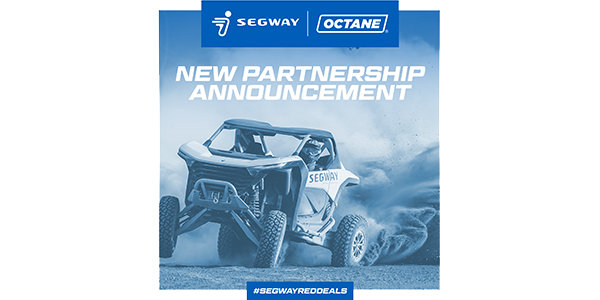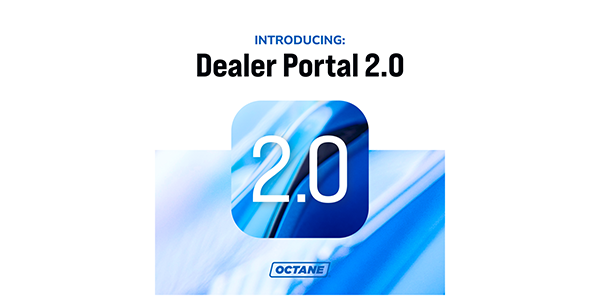Most riders probably don’t realize that their insurance experience could be far better than it is currently.
For decades, large insurance carriers have considered motorcycle and powersport insurance to be an ancillary product line. It is usually a small part of their business — in most cases, only 2% to 3% of their books — and as such, they tend not to invest in any changes to the underlying product, like additional coverages or dynamic pricing. The digital self-service platforms that exist today are usually antiquated and frustrating for consumers to navigate on their own. In addition, most small or mid-sized carriers don’t offer specialty vehicle insurance, so competitive options are even more limited.
But the motorcycle and powersport community is growing, and there is a huge opportunity to bring product innovation, rider centricity and excellence in claims to the 20 million owners of motorcycles, ATVs, UTVs, snowmobiles, scooters, mopeds and e-bikes across the country.
Riders have unique needs. They use their vehicles for different purposes and at different times than car owners, and their insurance coverage should reflect that. While many of us drive on a daily basis for work and errands, motorcycle riders may not use their vehicles at all during the week. Cars are often on the road in all kinds of weather, but powersport usage is typically seasonal, or at least limited to certain types of weather conditions. Lastly, while the average driver logs between 10,000 to 15,000 miles annually, the average motorcycle rider reaches 3,000 miles per year, per JD Power.
There is a massive opportunity to completely rethink motorcycle and powersports insurance by designing a solution that addresses the unique needs, wants, emotions and personalities of riders. And riders want these changes, too; in our research, we found that 84% of riders would consider switching insurance providers for better, more innovative benefits.
The Future of Motorcycle and Powersport Insurance
Here’s what an insurance solution designed for riders might look like. First, vehicle owners are met with a branded customer experience that speaks to their riding aspirations and lifestyles. The digital self-serve platform is modern, intuitive and user-friendly. The insurance policies emphasize safe riding by requiring the use of helmets and prohibiting illegal behavior, but they don’t sacrifice the fun and the thrill of the ride.
When riders have questions or need help deciding which policies to choose, they can speak with agents or customer service representatives who understand their vehicles and riding needs. Dealers who have just sold a vehicle could seamlessly interact with the insurance provider to quickly get riders into the right policy and on the road. By comparison, insurers that only sell a handful of motorcycle policies a year and don’t have firsthand experience as riders probably won’t be well-equipped to help buyers understand different coverages and options.
A bespoke customer service experience can help motorcycle owners easily select the type of coverage they need and offer them the choice to add optional coverages that are unique to the riding experience, such as accessory and safety apparel coverage, trailer transport and even submersion coverage for off-road vehicles. There would also be a new vehicle classification for e-bikes, which are not adequately covered by insurance companies today.
The insurer might use technology like telematics to help riders save money by offering seasonal and “safe rider” discounts. Motorcycle riders who download an optional app could earn a percentage off of their premiums based on how they ride; skills such as safe braking, handling and operating at safe speeds could all be detected and rewarded. When the vehicle is not in use during off-season months, a discount would automatically be applied.
Unfortunately, accidents do happen, but the claims experience can be overhauled to better support riders after a crash. When riders file a claim, the process should be seamless and tailored to riders’ needs. Many motorcycle and powersport owners have a strong preference for who they allow to work on their bikes and don’t want their insurers to mandate who they can use for repairs. Allowing riders access to a wide range of body shops and mechanics is an important benefit. And moving through the claims and repair process expediently is crucial; while car owners can temporarily use a rental while their vehicles are in the shop, riders risk losing an entire season of riding if their bikes are laid up for months.
If what I’ve just described sounds too good to be true, don’t worry — it’s not. There are motivated, passionate rider advocates who are already working on improving the overall insurance experience for motorcycle and powersport owners. While widespread adoption of some of these initiatives may take time, there’s reason to feel optimistic about the road (or off-road) ahead for specialty vehicle insurance.
Blair Baldwin is the founder and CEO of Boundless Rider, a new, specialty, MGA-focused on product innovation to suit the unique needs of the motorcycle, powersports and e-bike communities. Prior to launching Boundless Rider, Blair was the co-founder and CEO of Quilt, a venture-backed insurtech that was acquired by MassMutual, where he later ran a product innovation studio. Blair started his adventures in insurtech as the chief marketing officer for Goji, an early insurtech pioneer that raised over $100 million in venture capital funding. He is a graduate of Harvard College and Harvard Business School.














